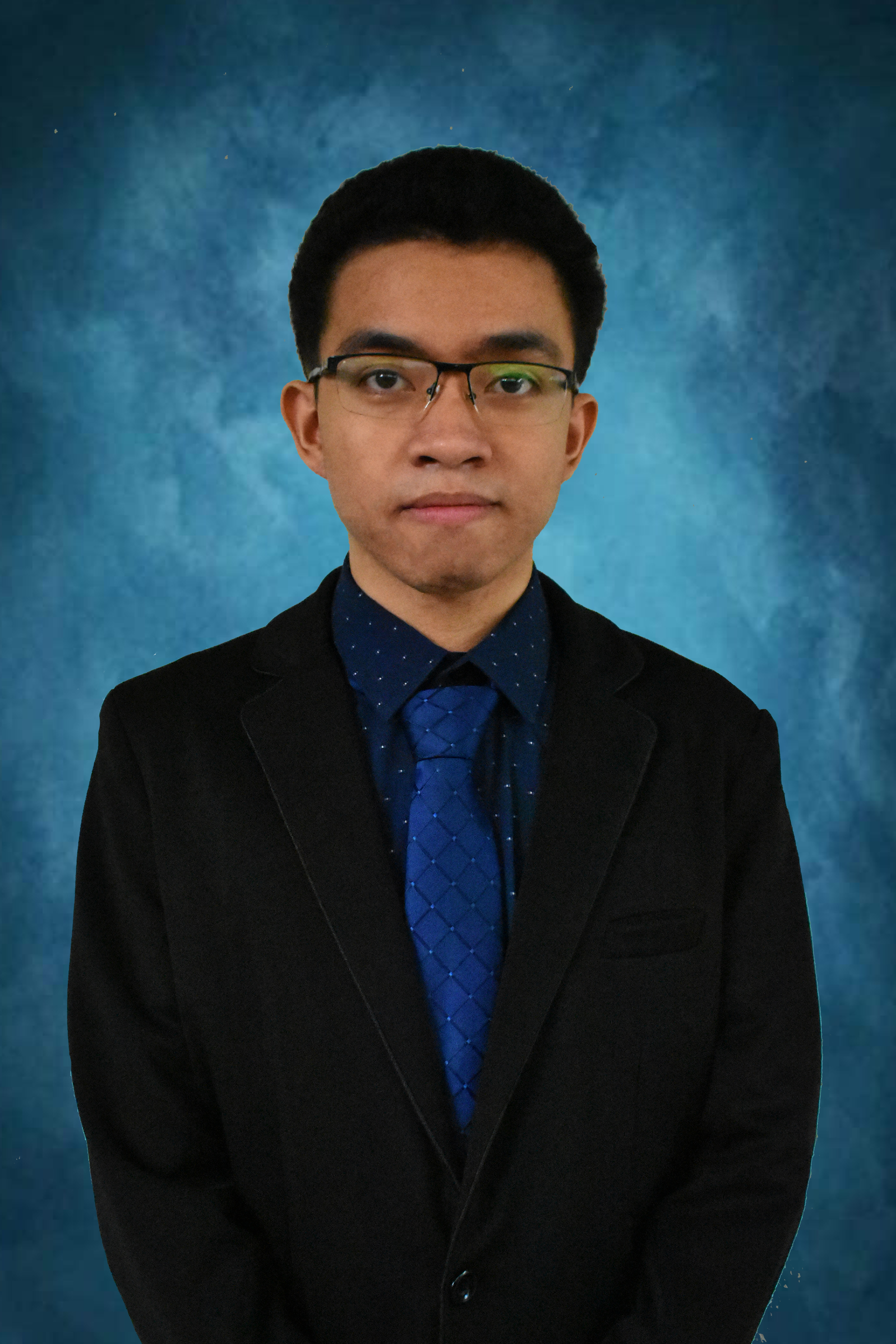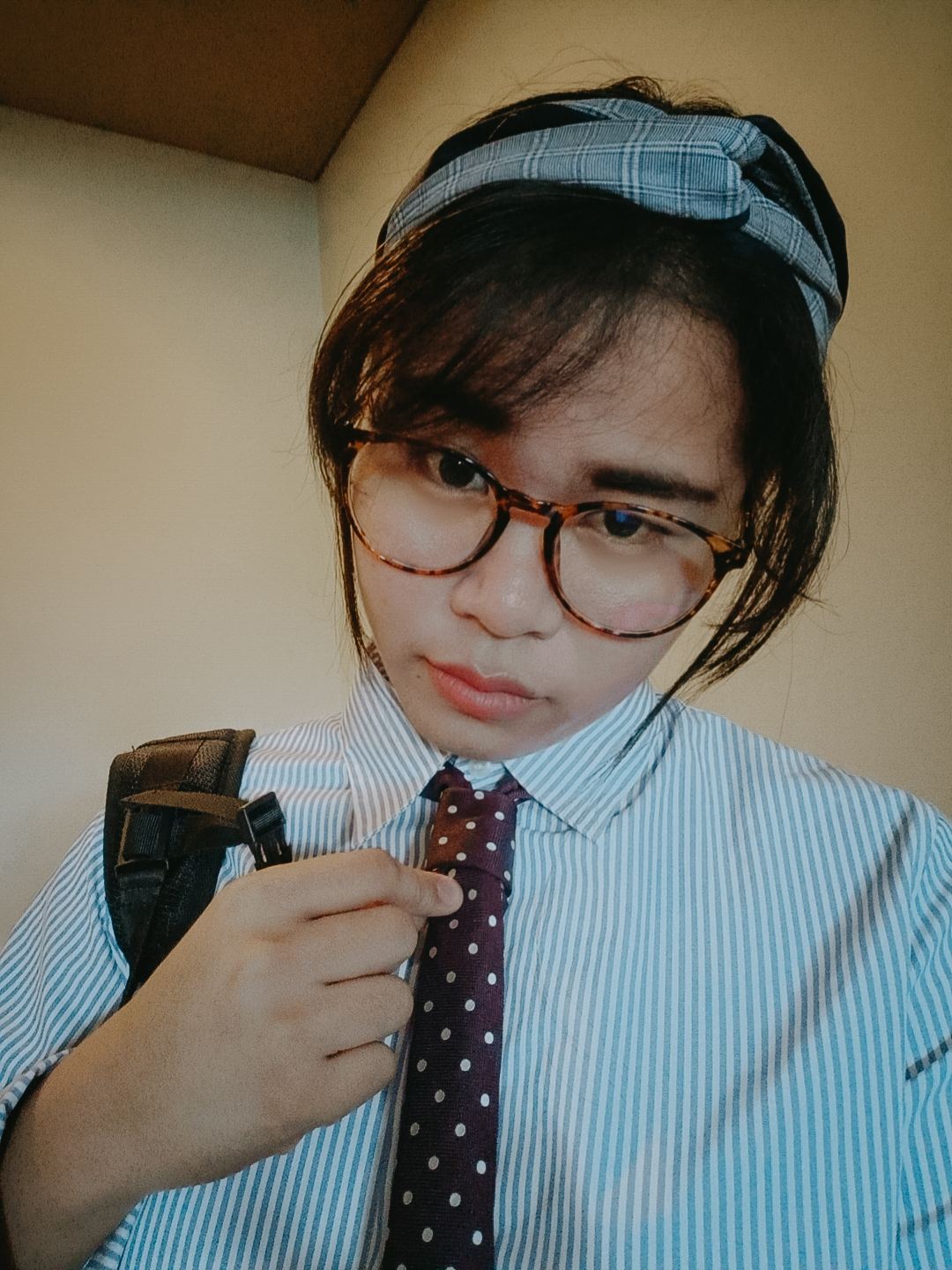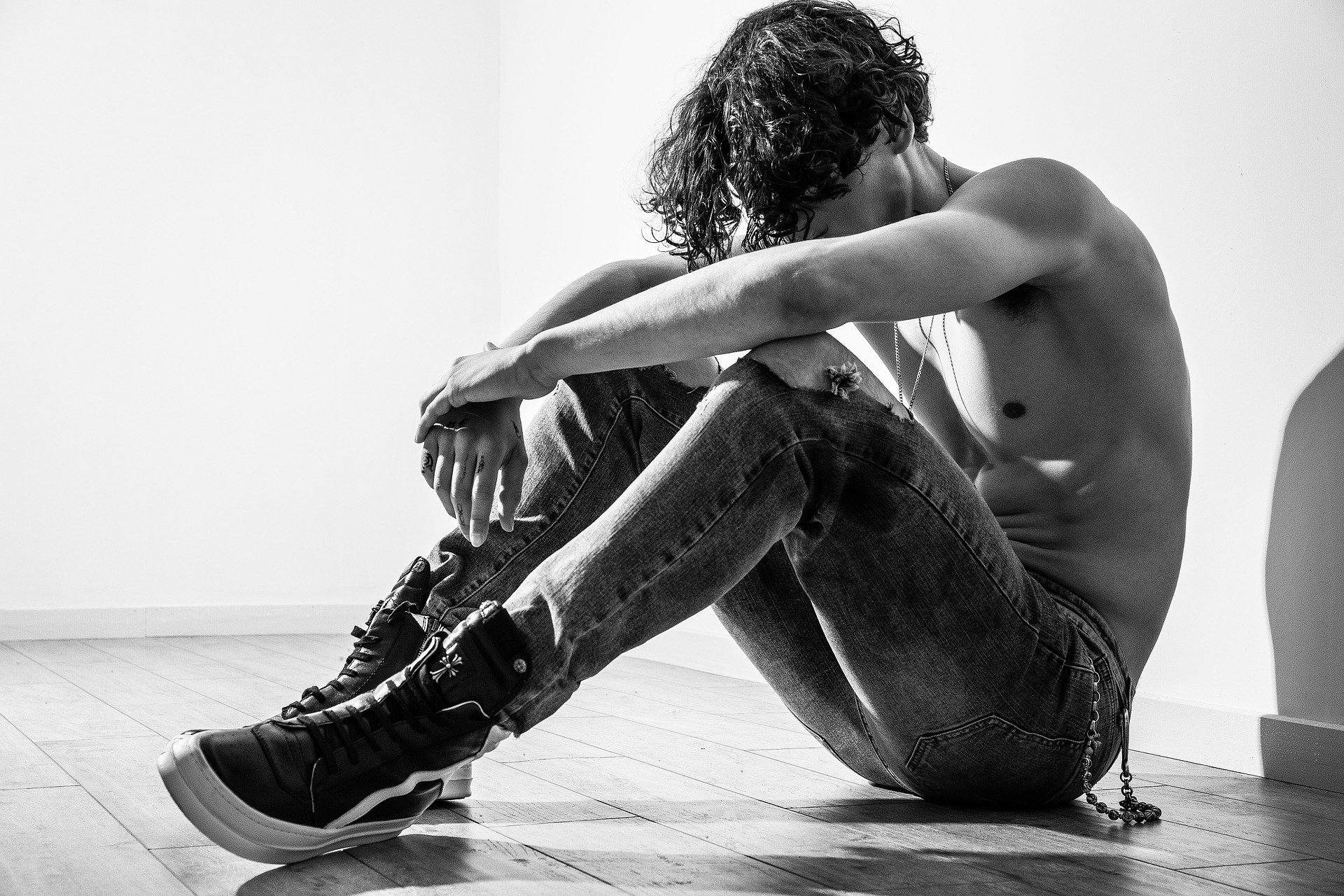K-pop (is a musical genre originating in South Korea that is characterized by a wide variety of audiovisual elements. Let’s see some amazing facts and trivia about the korean pop!
16. There is some concern over trends such as skin whitening being popularised by the industry, which has been criticised for its narrow beauty standards.”
17. The history of Korean popular music can be traced back to 1885 when an American missionary, Henry Appenzeller, began teaching American and British folk songs at a school. These songs were called changga in Korean, and they were typically based on a popular Western melody sung with Korean lyrics. For example, the song “Oh My Darling, Clementine” became known as “Simcheongga”
18. During the Japanese rule (1910–1945) the popularity of changga songs rose as Koreans expressed their feelings against Japanese oppression through music. One of the most popular songs was “Huimangga” (희망가, The Song of Hope). The Japanese confiscated the existing changga collections and published lyrics books of their own.
19. The first known Korean pop album was “Yi Pungjin Sewol” (This Tumultuous Time), by Park Chae-seon and Lee Ryu-saek in 1925, which contained popular songs translated from Japanese.
20. The first pop song written by a Korean composer is thought to be “Nakhwayusu” (낙화유수, Fallen Blossoms on Running Water) sung by Lee Jeong-suk in 1929.
21. In the 1960s, the development of LP records and improvements in recording technology led to the pursuit of diverse voice tones. Many singers sang for the American troops, usually in dedicated clubs, the number of which rose to 264. They performed various genres like country music, blues, jazz and rock & roll.
22. The South Korean economy started blooming and popular music followed the trend, spread by the first commercial radio stations. Korean cinema also began to develop and Korean musicians began performing to wider audiences.
23, When Beatlemania reached the shores of Korea the first local rock bands appeared, the first of which is said to be Add4, a band founded in 1962.
24. The first talent contest for rock bands in Seoul was organized in 1968. Besides rock and pop, trot songs remained popular.
25. Some Korean singers gained international popularity. The Kim Sisters, Yoon Bok-hee and Patti Kim were the first singers to debut in such countries as Vietnam and United States. The Kim Sisters became the first Korean group to release an album in the United States, performing in Las Vegas and appearing several times on Ed Sullivan’s TV show.
26. At the end of the 1960s Korean pop music underwent another transformation. More and more musicians were university students and graduates who were heavily influenced by American culture and lifestyle (including the hippie movement) and made lighthearted music unlike their predecessors, who were influenced by war and Japanese oppression.
27. The younger generation opposed the Vietnam War as much as American hippies did, which resulted in the Korean government banning songs with more liberal lyrics. In spite of this, folk-influenced pop remained popular among the youth, and local television channel MBC organised a music contest for university students in 1977. This was the foundation of several modern music festivals.
28. One of the leading figures of the era was Han Dae-soo, who was raised in the United States and influenced by Bob Dylan, Leonard Cohen and John Lennon.
29. In the 1970s, DJs also started to become popular.
30. The 1980s saw the rise of ballad singers after Lee Gwang-jo’s 1985 album sold more than 300,000 copies.
31. In the 1990s, Korean pop musicians incorporated American popular music styles like rap, rock and techno in their music.
32. In 1992 the emergence of Seo Taiji & Boys marked a revolutionary moment in the history of K-pop.
33. The trio debuted on MBC’s talent show with their song “Nan Arayo” (난 알아요, I Know) and got the lowest rating from the jury; however, the song and album of the same name became so successful that it paved the way for other songs of the same format. The song’s success was attributed to its new jack swing-inspired beats and memorable chorus, as well as innovative lyrics which dealt with the problems of Korean society. Their footsteps were followed by a wave of successful hip hop and R&B artists like Yoo Seung-jun, Jinusean, Deux, 1TYM and Drunken Tiger.
34. In 1995, South Korean record producer Lee Soo-man founded the entertainment company, S.M. Entertainment. Former Seo Taiji & Boys Yang Hyun-suk’s member formed YG entertainment in 1996, as did South Korean K-pop singer Park Jin-young established JYP Entertainment in 1997.
35. Idol bands (young boybands or girlbands) formed, inspired by Seo Taiji & Boys, to cater for a growing teenage audience.
 Hot MamaJan 27, 2021 20:55Korean pop
Hot MamaJan 27, 2021 20:55Korean pop

















Comments